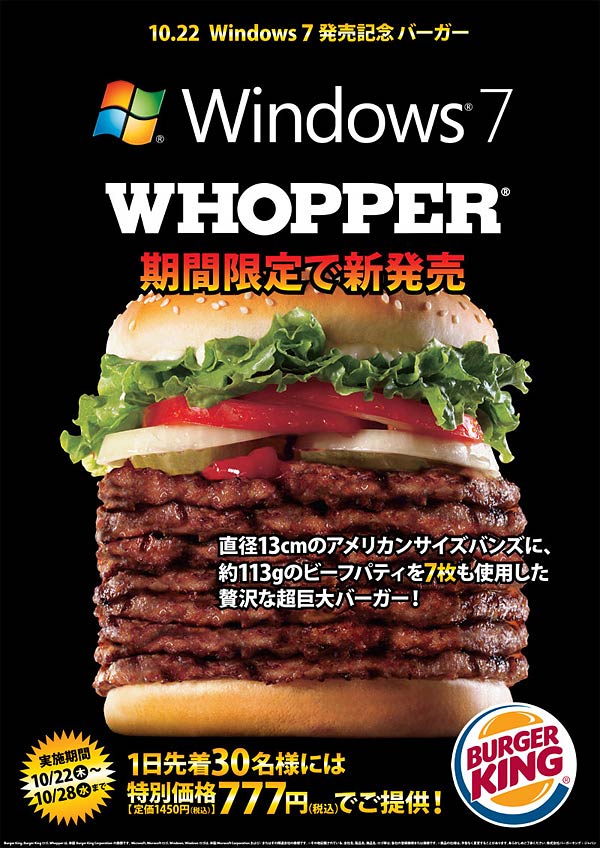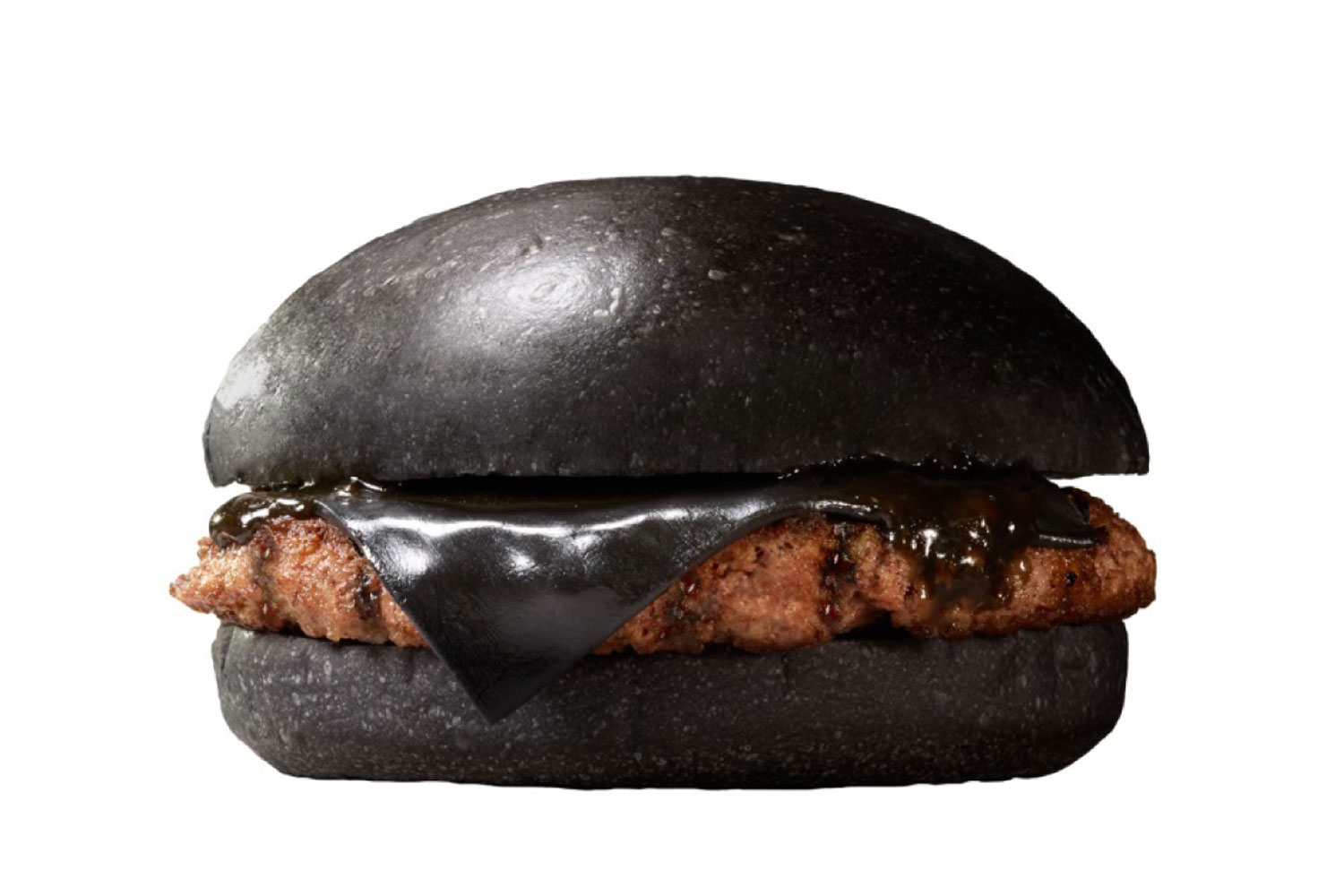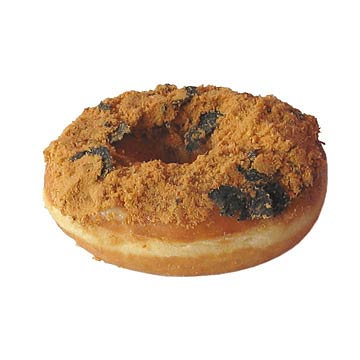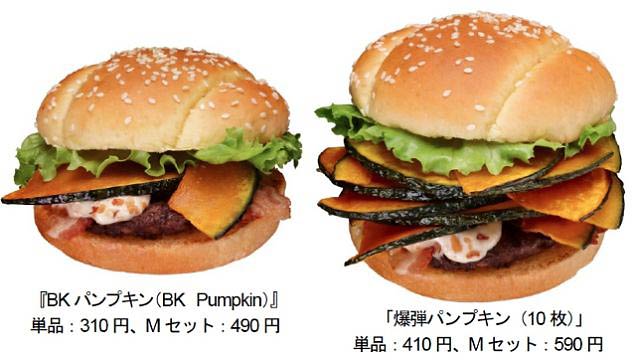
McDonalds sent the Internet into a temporary tailspin Tuesday when it announced it’s bringing back the Hamburglar, prompting a deeply strange discussion over whether or not the personified marketing tactic is effective.
But there’s a more important point to be made: The Hamburglar’s prime motivation— hamburger theft, hence the moniker—makes no sense, economically.
The stuff that’s most frequently targeted by thieves, like money, jewelry and cars, is stolen because it’s high-priced. That’s why smartphone makers are trying to reduce theft of mobile devices by letting their owners brick them from afar for example. If a stolen smartphone gets bricked, it’s no longer worth anything to potential buyers—which should in turn mean less smartphone theft overall.
Stealing hamburgers makes no sense because burgers keep their already low value for one, two hours tops. By then, they’re cold and inedible. (And don’t even try to pull that microwave nonsense, because nobody wants a reheated Big Mac.) Volume is a questionable motivation here too, because the Hamburglar’s method of stashing his burglared burgers in a big sack puts them at high risk of losing their structural integrity. (Speaking from anecdotal experience.)
You might argue the Hamburglar is stealing burgers for his own consumption, Cookie Monster style. But there’s little evidence of that. Just look at the guy—does that look like someone who subsists mostly on Big Macs? Hardly.
Then there’s the chance that, like The Dark Night’s Joker, the Hamburglar just wants to watch the world burn. He’s an element of chaos in McDonaldland, unpredictable and terrifying because his actions aren’t grounded in logic. That would make him terrifying. But until we see proof of that, you can rest easy: Hamburglar is nothing to be feared.
Pizza Hut Hong Kong: Flying Fish Roe Salmon Cream Cheese Pizza
If you’re a crust person, get ready for an unexpected surprise. One bite of this pizza’s edge will unleash an oozing cream cheese and fish egg combination in your mouth. The pie itself is topped with scallops, crayfish, clams and shrimp. You know, just your usual pizza toppings.
Burger King Japan: Windows 7 Whopper

For the launch of Windows 7 in 2009, Burger King offered a Whopper with 7 patties, which is just too many.
Pizza Hut Middle East: Crown Crust Pizza
For some inexplicable reason, Pizza Hut Middle East stuffed mini cheeseburgers and chicken tenders into the crust of its Crown Crust pizza.
Pizza Hut Australia: Hot Dog Stuffed Crust Pizza
Burgers aren’t the only sandwiches to get stuffed into a pizza crust. Pizza Hut Australia’s hot dog stuffed crust is exactly what it sounds like and comes with free mustard and ketchup drizzle.
Japan: Kit-Kat Sandwich

Many people love Kit-Kats, but the candy bar looks slightly unappealing when garnished with whipped cream and orange peel between two slices of white bread. Japanese fast food chain First Kitchen offers the strange creation for a mere 220 yen ($1.81).
McDonald’s Japan: Gracoro Burger

During select winters at certain locations, McDonald’s has been known to roll out the McRib in America. During some seasons in Japan, McDonald’s offers the Gracoro Burger — which has a breadcrumb-crusted patty made out of macaroni, shrimp and a creamy white sauce.
Pizza Hut Korea: Star Edge Pizza
Real as it is terrifying, this pizza comes topped with surf and turf (shrimp, calamari, bacon, steak and sausage) and is surrounded by a crust packed with dessert creams (cranberry or cinnamon apple nut and cream cheese filling).
Burger King Japan: Kuro Pearl Burger

Burger King went to the dark side. This curious creation comes with black cheese (dyed with bamboo charcoal) and a black bun. You’ll also find squid ink in the onion-garlic sauce.
Pizza Hut Singapore: Double Decker Pizza
At first, a double decker pizza sounds like just the right amount of decadence, but after reading the ingredient list, you’ll realize no one needs a second layer of turkey and ham rolls topped with mango mayonnaise.
Wendy’s Japan:Premium Lobster & Caviar Burger

In 2012, Wendy’s premiered this luxe burger, which comes complete with lobster claw and a sprinkle of caviar.
McDonald’s Switzerland: McGrillschnägg
Pig on pig: The Swiss “burger” consists of a curiously shaped pork sausage curled on a potato pancake patty and topped with bacon.
KFC Korea: Zinger Double Down
Fried chicken are the new buns?
As a KFC Korea spokesperson told Bloomberg, “The new Zinger Double Down King was created for consumers with a hearty appetite and a fondness for meat.” The promotional menu item, currently available in Korea, includes a beef patty topped with bacon, barbecue and white pepper sauces that is sandwiched between two fried chicken fillets.
KFC Philippines: Double Down Dog
In January 2015, customers clamored to get their hands on this special promotion, which is basically just a hot dog wrapped in a fried chicken bun.
Wendy’s Japan: Foie Gras Burger

For just $16, customers could indulge in a square burger topped with goose liver and truffles. “We think the fast-food market here is ready for something different,” CEO Ernest Higa told Bloomberg in 2011.
Dunkin’ Donuts China: Dried Pork and Seaweed Donut

This delightful creation proves you don’t have to choose between sweet and savory.
Burger King Japan: Pumpkin Bomb

America isn’t the only country that gets into seasonal pumpkin spice blends. The Pumpkin Bomb comes stuffed with bacon, a nut sauce and 10 slices of fried kabocha pumpkin.
More Must-Reads from TIME
- How the Economy is Doing in the Swing States
- Harris Battles For the Bro Vote
- Our Guide to Voting in the 2024 Election
- Mel Robbins Will Make You Do It
- Why Vinegar Is So Good for You
- You Don’t Have to Dread the End of Daylight Saving
- The 20 Best Halloween TV Episodes of All Time
- Meet TIME's Newest Class of Next Generation Leaders
Contact us at letters@time.com